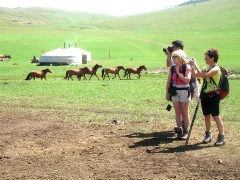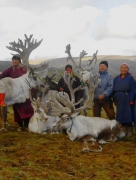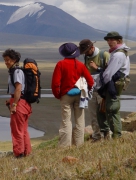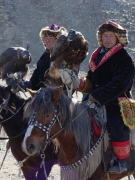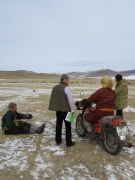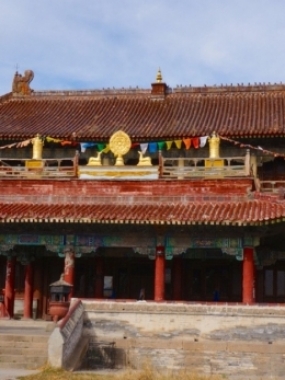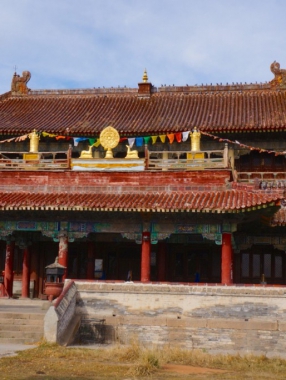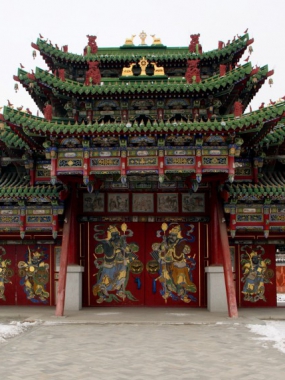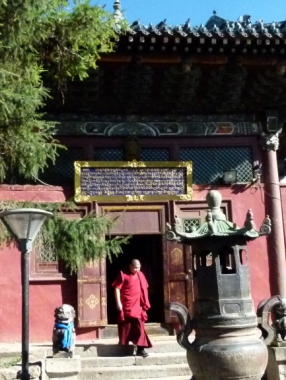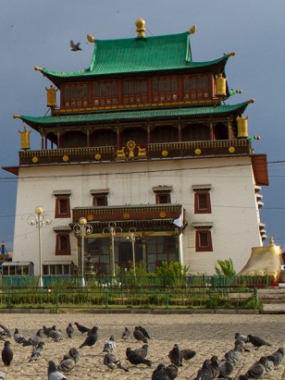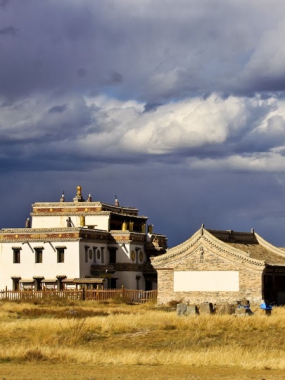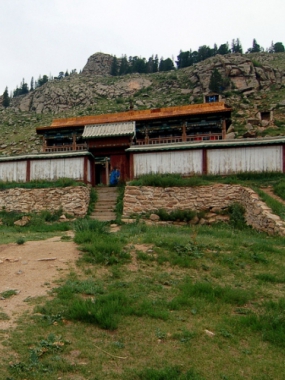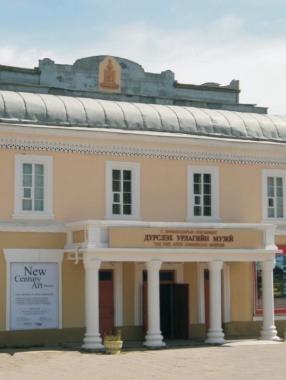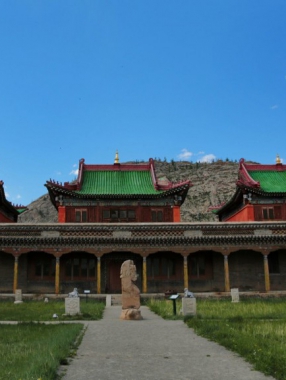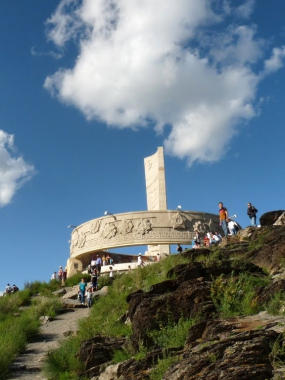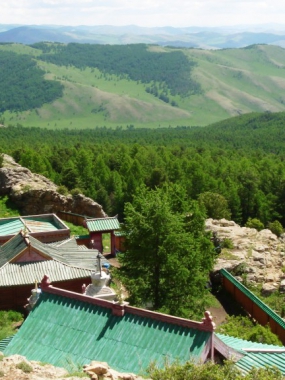Today: Jun 06, 2025
Historical spots
Set departure tours!
book now!
Amarbayasgalan monastery
Amarbayasgalan Khiid was built during 1727-1736, in the honour of Under Gegeen Zanabazar, the firs Bogd of Mongolia. Originally, Amarbayasgalalnt Monastery consisted of over 40 temples built on the special terrace, surrounded by a wall, measuring 207 by 175 m. by the Manchu emperor Yongzheng, and dedicated to the great Mongolian Buddhist and sculptor Zanabazar, whose mummified body was moved here in 1779. It iis in the Manchu style, down…Amarbayasgalan monastery
Amarbayasgalan Khiid was built during 1727-1736, in the honour of Under Gegeen Zanabazar, the firs Bogd of Mongolia. Originally, Amarbayasgalalnt Monastery consisted of over 40 temples built on the special terrace, surrounded by a wall, measuring 207 by 175 m. by the Manchu emperor Yongzheng, and dedicated to the great Mongolian Buddhist and sculptor Zanabazar, whose mummified body was moved here in 1779. It iis in the Manchu style, down…Bogd khan winter palace
The Bogd Khan Palace Museum (the winter palace) is one of the few Ulaanbaatar historical attractions not destroyed by the Soviet and Mongolian communists. Built between 1883 and 1903, this palace is where Mongolia’s eighth Living Buddha, and last king, Jebtzun Damba Hutagt VIII (often called the Bogd Khan), lived for 20 years. For reasons that are unclear, the palace was spared destruction by Russians and turned into a museum.…Choijin lama temple
The Choijin Lama Temple Museum is an architectural masterpiece of the 19th and 20th century. The monastery was erected by Mongolian architects. The temple was built between 1904 and 1908 by the 8th Bogd Khaan Janzandamba, and dedicated to his brother lama Luvsankhaidav. It was closed in 1938 and probably would have been demolished had it not been saved in 1942 to serve as a museum demonstrating the ‘feudal’ ways…Gandan monastery
Gandan is the largest and most singnificant monastery in Mongolia with over 400 monks and one of Ulaanbaatar’s most interesting sight. Built in the mid 19th century, it is the only monastery where Buddhist services continued to function even during the communist past. Temples are flocked by visitors during religious services that start at 10 a.m. and last until mid-day. Most Buddhist Monasteries in Mongolia were destroyed during the communist…Kharkhorum
Kharkhorin was the capital of Great Mongolian Empire in the mid-13th century, it is located on the right bank of Orkhon river, 400 km south-west of Ulaanbaatar which is the current capital of Mongolia. Chinggis Khaan established a supply base here and his son Ugedei ordered the construction of proper capital, a decree that attracted trader, dignitaries and skilled workers from across Asia and even Europe. Whatever was left of…Manzushir monastery
The ruin of the monastery is located in Zuunmod Valley, Achit Duinhor spring, 17 km in the south of Tuv province. The construction of the monastery started in 1733 in the foot of Bogd Khan Mountian. At the end of the 18th century it extended building a main temple. In the 20 century, there were around 500 monks. Here bed many valuable and rare Buddism scriptures. For example Marvelous scripture,…Zanabazar museum
The Fine Arts G.Zanabazar Musem was founded in 1966. The museum is renowned for the works of G.Zanabazar (1935-1724), which include the statues of Sita Tara, the Five Dhayani Buddhas and the Bodhi Stupa. The Fine Arts Museum was named after Gombodorjiin Zanabazar in 1995. It has 12 exhibition up to the beginning of the 20th Century. Initially enriched the number of its objects, with the modern arts becoming a…Natural history museum
The museum was founded in 1924, the base of natural historical museum was found by consisting the principal sections of the exhibitions with the choicest exhibitions of Mongolian Nature. When the national central museum was located in present location in 1956, it has been enriching its exhibitions and expanded as a big natural department, which has various kinds of geographical, flora, fauna and paleontological exhibits. Natural history involves historical process…Zayain khuree
The monastery Zayain Khuree, was founded in the 17th century, when permanently residing more than 1,000 monks, during the peak time there will be 4,000 monks gathered. The complex included several sets Tibetan temples and Manchu architecture. From 19608 the monastic buildings were used to create a museum. A religious number could thus be preserved. It is located on the southern slope of Mount Bulgan. The complex was divided into…Zaisan memorial
Zaisan memorial was erected by the Russian’s to commemorate those killed in the second world war between Russia and Germany and Mongolia and Japan and the ensuing peace between these countries. And the unknown soliers who died during other various wars. Many Mongolians do not know about the war in Europe and have little understanding of the importance of remembrance day for westerners. The monument is visited regularly throughout the…Tuvkhun monastery
The monastery was built in 1654 by Saint Zanabazar who was a great sculptor and one of the biggest representatives of Buddhism in Mongolia. The creation work temple dedicated to religious study and art works became the foundation of today’s Tuvkhun Monastery. It is located on a rocky mountain hill surrounded by forests elevated in 2300 meters above sea level. In 1651, the first religious state man Zanabazar built a…
How can we help you?


